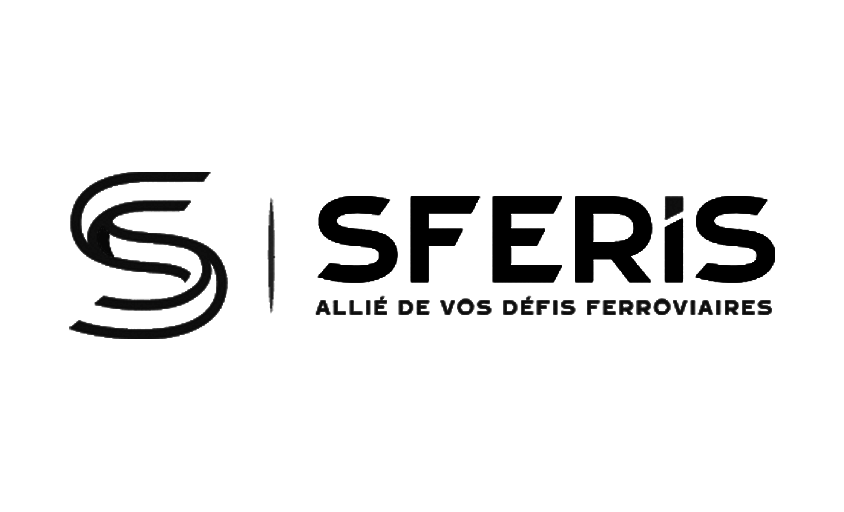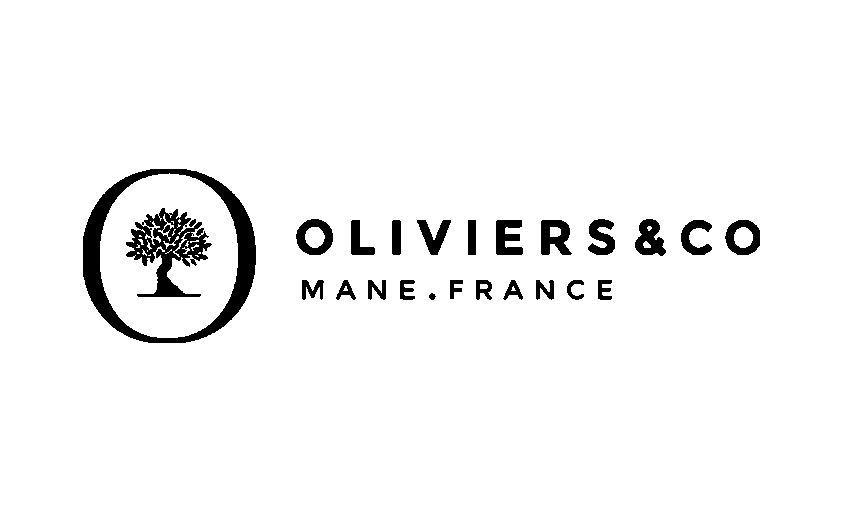Pitfalls to Avoid in Photo Editing
In this article :
Photo editing is often seen as the magical touch that transforms a mundane image into a professional shot. Software like Photoshop, Lightroom, or Capture One offers powerful tools, accessible even to beginners. Yet, this apparent ease hides a danger: falling into excesses that distort the photograph.
Many young photographers focus more on post-production than on the actual shooting. However, editing should be a complement, never a substitute. The goal is to correct, balance, and enhance the image while respecting its authenticity.
Let’s explore the most common pitfalls in photo editing, how to identify them, and, most importantly, how to avoid them to improve effectively.
Common Mistakes in Photo Editing
- Excessive Saturation
This is probably the most common pitfall: pushing the saturation or vibrance sliders until the colors become unrealistic. A blue sky turns fluorescent, skin tones lean orange, and grass becomes an artificial green.
👉 Example: a sunset photo on the beach. With too much saturation, the sky becomes bright red, the water turquoise, but the overall image loses all credibility.
- Overly Smoothed Skin
It’s tempting to erase every imperfection on the face. Some use Gaussian blur or automatic plugins that remove wrinkles, skin texture, and details. The result: a “wax doll” effect that is far from flattering.
👉 Example: in a corporate portrait, excessive smoothing can create artificial-looking skin, undermining the photo’s credibility with the client.
- Overly Strong Contrast
Increasing contrast or clarity can give an impression of strength and sharpness. But when pushed too far, the subtlety of midtones is lost, and dark areas become unreadable.
👉 Example: an architectural photo with very strong shadows may lose detail in the façades.
- Neglecting White Balance
Another trap is forgetting to correct white balance from the start. A photo taken under fluorescent lights may appear green; an outdoor shot at dawn may lean blue. If this is not corrected, further editing will exaggerate these color casts.
👉 Example: an indoor portrait lit by a tungsten lamp will appear yellowish.
- Awkward Cropping
Editing also involves cropping. Some crop too tightly, remove important elements, or fail to respect original proportions. This can disrupt the balance of the composition.
👉 Example: in a wedding photo, cropping too close can eliminate part of the background that provided context.
- Overusing Automatic Filters
Many software programs offer predefined “looks” or “presets.” While useful as a starting point, excessive use results in uniform images that lack personality.
👉 Example: applying a “vintage” preset to all your photos can quickly tire viewers.
Solutions and Alternatives
- Control Saturation: Work on specific hues: adjust only the blue of the sky or the red of a garment, rather than increasing all colors at once. This preserves subtlety.
- Retouch Skin with Finesse: The frequency separation technique allows you to separate texture and color, correcting imperfections without erasing natural skin grain. It takes longer, but the result is much more believable.
- Use Curves Instead of Contrast: Tone curves offer precise control: you can slightly enhance shadows without blowing out highlights, or restore volume to a flat photo.
- Correct White Balance First: Always start by calibrating your colors. Ideally, use a gray card during the shoot. If not, adjust with the eyedropper tool on a neutral area of the image.
- Crop Methodically: Use composition rules (rule of thirds, diagonals, symmetry). Keep the image’s destination in mind: a photo for Instagram does not have the same format as one intended for print.
- Use Presets in Moderation: A preset should be a starting point, never the final result. Always adjust each parameter to fit the specific image.
Practical Tips to Avoid Pitfalls
- Work in RAW: A JPEG file limits your corrections, whereas a RAW preserves all the information.
- Adopt the “less is more” rule: If an adjustment is immediately noticeable, it’s often overdone.
- Create a clear workflow: technical corrections (exposure, white balance) → tonal adjustments → local retouching → finishing touches.
- Always keep an original copy: This allows you to compare and revert if needed.
- Train your eye: Study professional photos, analyze their editing, and practice reproducing these styles.
- Work with layers or virtual copies: This allows you to test different versions without altering the original image.
- Don’t neglect consistency: A series of photos should have a uniform look. A hyper-saturated image in the middle of a soft-toned series breaks the unity.
- Use comparison tools: Lightroom’s “before/after” mode helps verify whether the edits truly serve the image.
Conclusion
Photo editing is more than just moving sliders: it’s a subtle balance between correction and creativity. The pitfalls are numerous, excessive saturation, overly smoothed skin, harsh contrasts, awkward cropping, but each can be avoided with simple methods and patience.
A beginner photographer should remember that editing does not turn a bad photo into a masterpiece. It serves to enhance a solid technical foundation, respecting the light, composition, and intent of the creator.
At Rétines, we consider editing a full-fledged part of the creative process. It should enhance the impact of an image without ever betraying its authenticity. This standard guides our work, whether in corporate photography or high-end product packshots.
By avoiding common mistakes and developing a thoughtful approach, every photographer can improve and assert their style.
Jérémy Carlo is the editorial director at Rétines, where he ensures the consistency and clarity of all content produced by the studio.
Our Clients
Let’s discuss
What we do for you at Rétines
Meticulous work, an organised project and fast delivery. And to achieve this, we mobilise the right resources in our teams at the right time.
01
Pre-production
Artistic and technical direction tailored to the project.
Relevant recommendations on content, form and resources.
02
Photo Shooting
Photos taken by our experienced photographers.
Production that’s controlled, efficient and tailored to the needs of the project, with nothing superfluous.
03
Retouching
Technique
Photographs magnified by our retouching team.
Post-production to meet the commercial challenges of the brief.












